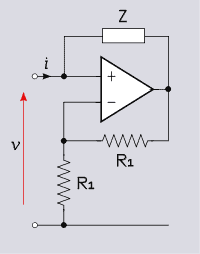Technology Review: Complex Integrated Circuits Made of Carbon Nanotubes. The first three-dimensional carbon nanotube circuits, made by researchers at Stanford University, could be an important step in making nanotube computers that could be faster and use less power than today’s silicon chips. Such a computer is still at least 10 years off, but the Stanford… Continue reading Technology Review: Complex Integrated Circuits Made of Carbon Nanotubes


